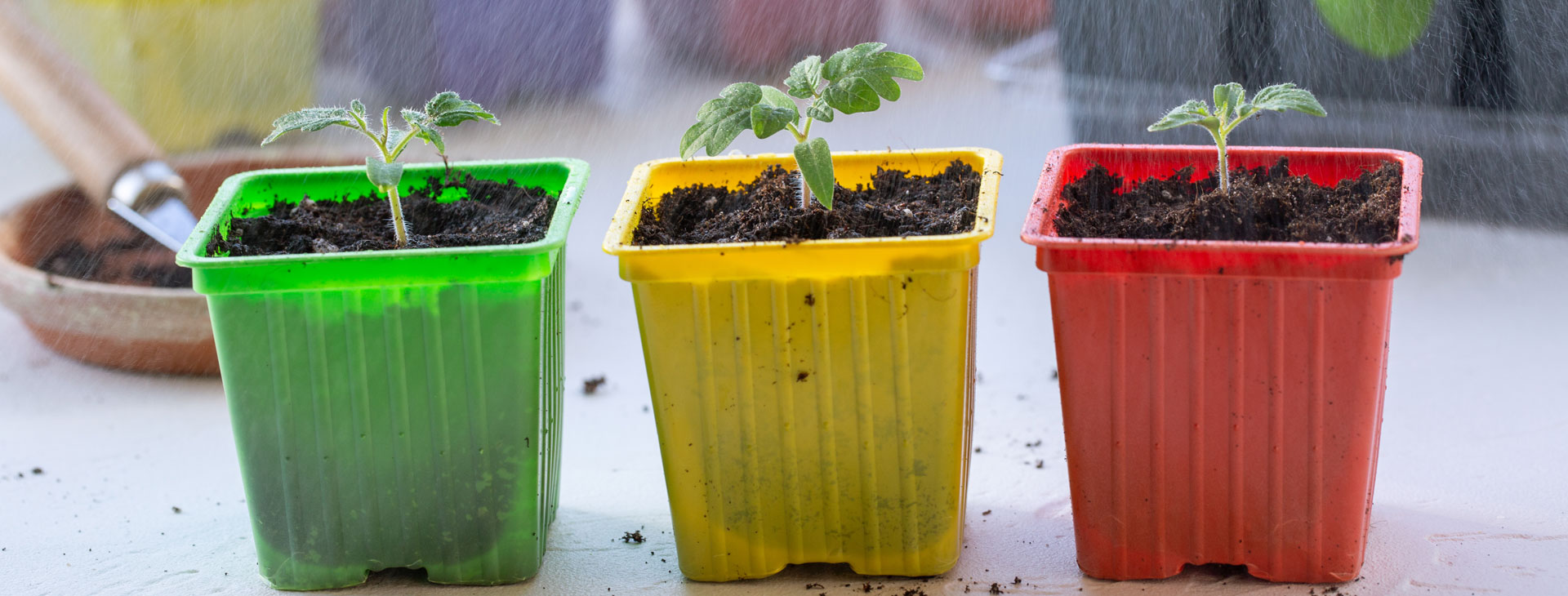
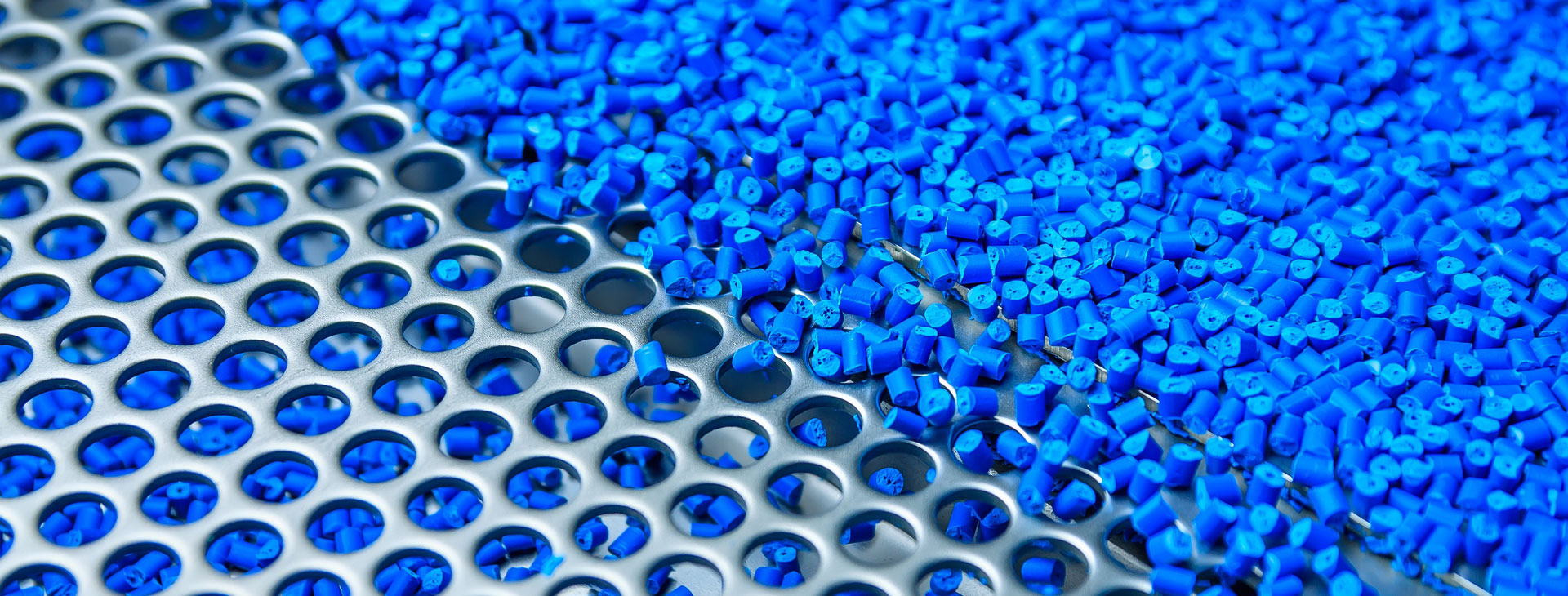
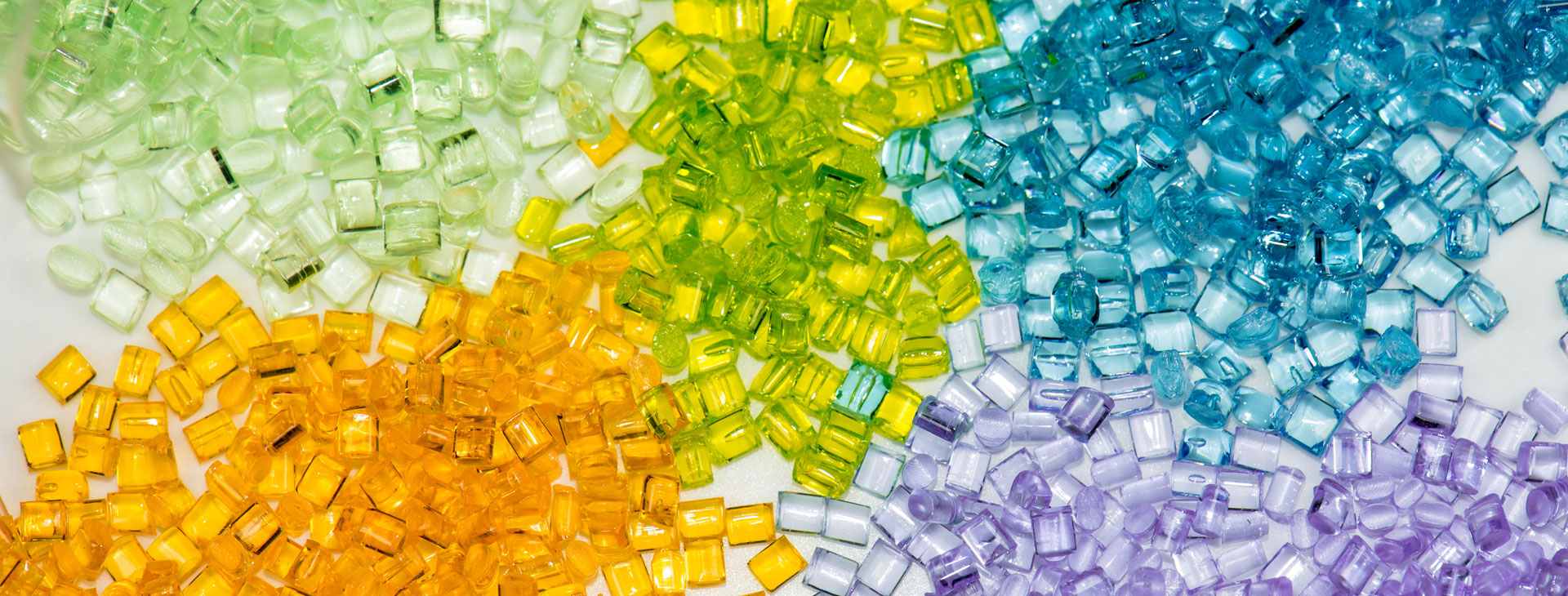
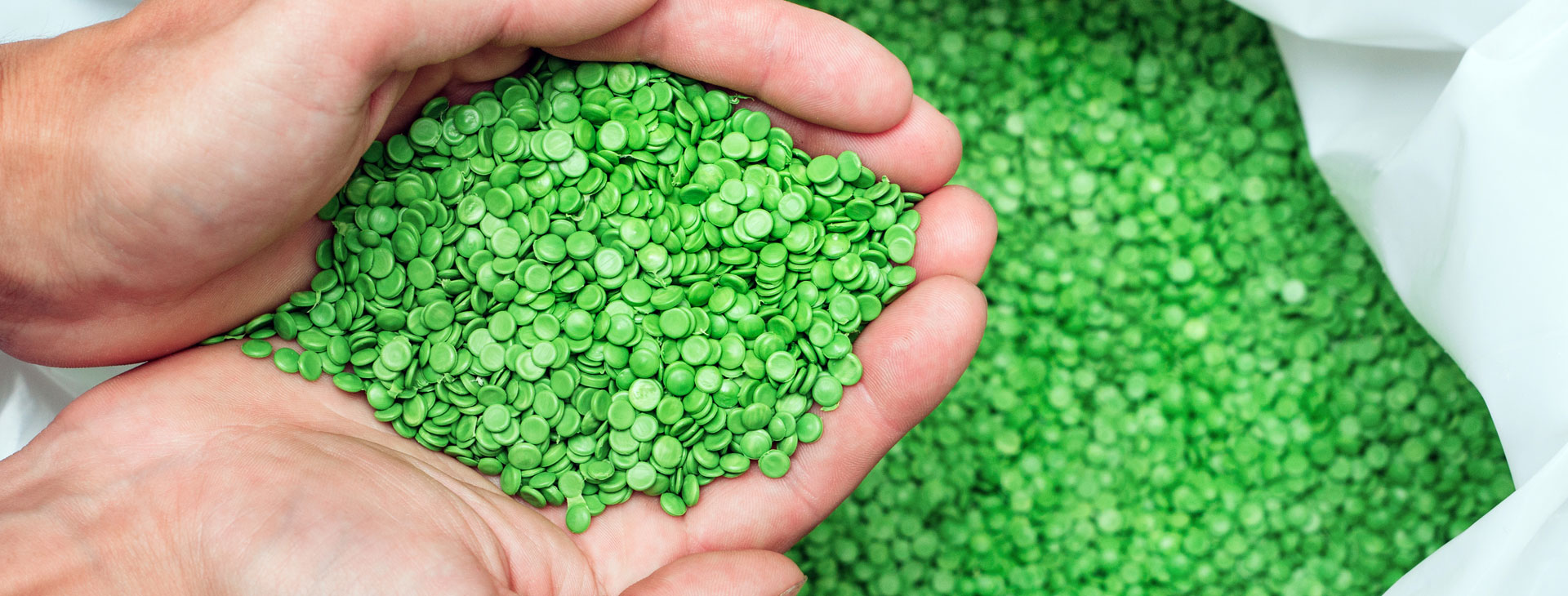

Phone: (914) 381-2400E-Mail: customerservice@marvalindustries.com
Masterbatch comes in three main options, which include thermochromic, photochromic, and glow-in-the-dark. Knowing about these three specialty masterbatch processes allows you to get the most out of your final plastic parts. The three above options are considered reversible masterbatches, which means that it changes back to its original color when conditions are reversed. You can change colors continually. Below, we want to go over the basic difference between three commonly used masterbatch types
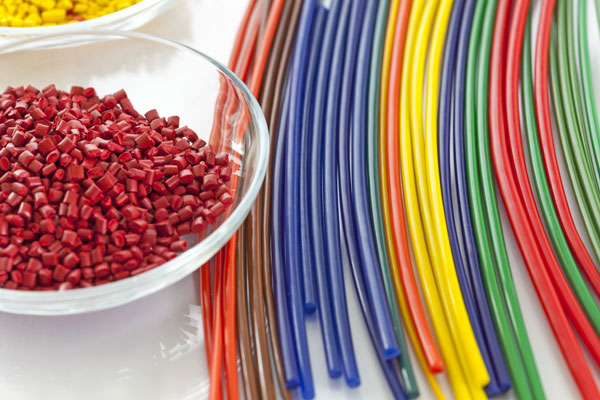
Photochromic Masterbatch
This type of masterbatch is available in a wide range of colors. Final parts can even be partially translucent when inactivated by a lack of strong UV lights. To achieve the best possible colors, manufacturers use clear, raw base polymers. During production, let down rates are kept between 3-6% (depending on the color required)
Thermochromic Masterbatch
These materials are both mixed and micro-encapsulated. After, the parts are dried and milled. Finally, they are added to a designated carrier resin extruder, cooled, and then separated into small granule pellets (roughly 2mm long). It is important to keep in mind that the parts look darker in cold temperatures, but it looks light in color when it is warm.
Glow in the Dark
This type of specialty compounding endows plastic parts with the ability to absorb UV light. Once absorbed, it slowly disperses the energy in the form of glowing light. Color masterbatch offers glow in the dark parts that come in different colors and varying glow strengths.
It would help if you did not hesitate to call for more information on color masterbatch and specialty compounding.
Related Reading